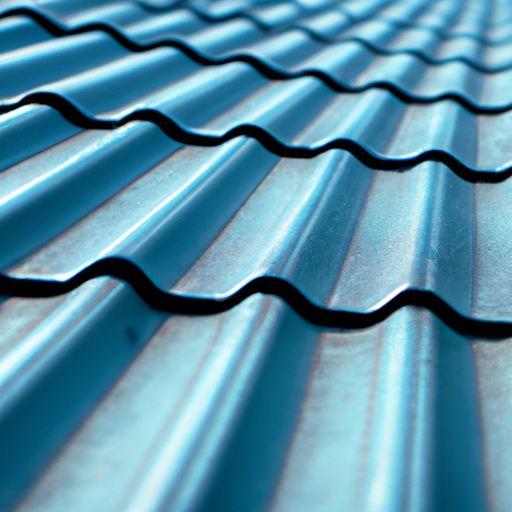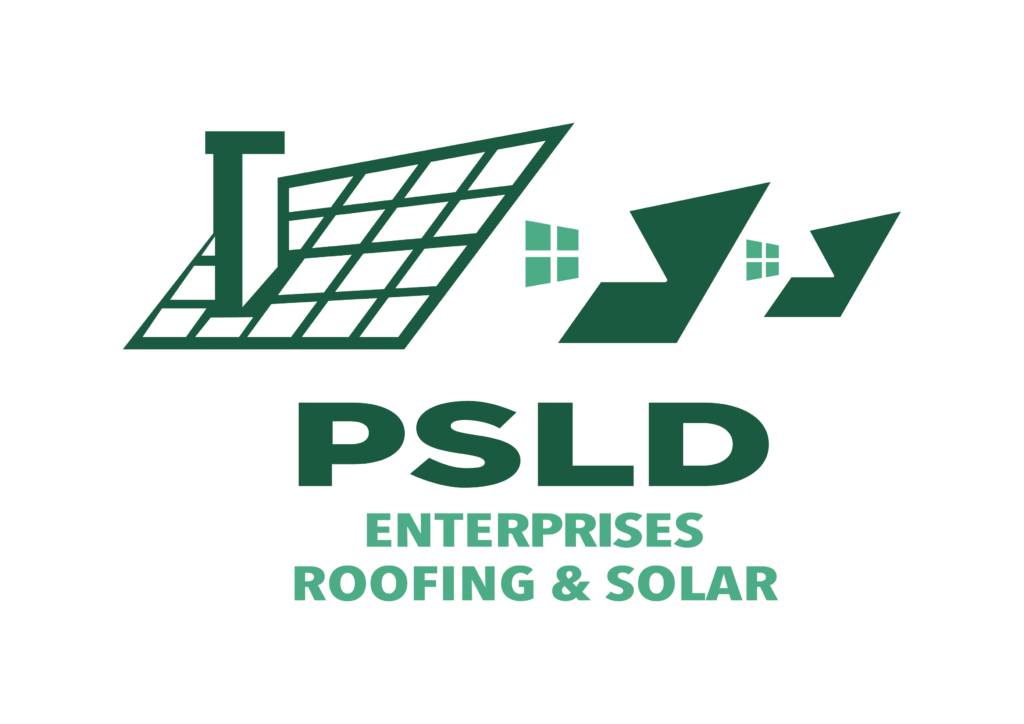Pros and Cons of Metal Roofing in Florida
When it comes to choosing the best roofing material for your home in Florida, there are several options to consider. Metal roofing is one of the popular choices due to its durability and longevity. However, like any other roofing material, it has its pros and cons that you should be aware of before making a decision.
One of the major advantages of metal roofing in Florida is its ability to withstand the harsh weather conditions that are common in the state. Metal roofs are highly resistant to wind, rain, and even hurricanes. This is particularly important in Florida, where hurricanes can cause significant damage to homes. With a metal roof, you can have peace of mind knowing that your home is well-protected.
Another benefit of metal roofing is its longevity. Metal roofs can last up to 50 years or more with proper maintenance. This is significantly longer than other roofing materials such as shingles or tiles, which typically have a lifespan of 20-30 years. Investing in a metal roof can save you money in the long run, as you won’t have to replace it as frequently.
Metal roofs are also energy-efficient. They reflect sunlight, reducing the amount of heat that enters your home. This can help lower your cooling costs, especially during the hot summer months in Florida. Additionally, metal roofs are often made from recycled materials, making them an environmentally friendly choice.
However, there are also some drawbacks to consider when it comes to metal roofing. One of the main concerns is the initial cost. Metal roofs tend to be more expensive than other roofing materials, such as shingles or tiles. However, it’s important to remember that the long lifespan of metal roofs can offset this initial investment.
Another potential drawback is the noise factor. Metal roofs can be noisier during heavy rain or hailstorms compared to other roofing materials. However, this can be mitigated by adding insulation or soundproofing materials during the installation process.
Maintenance is another consideration with metal roofing. While metal roofs are generally low-maintenance, they may require occasional inspections and repairs to ensure their longevity. This can include checking for loose or damaged panels, as well as addressing any potential rust or corrosion issues.
In conclusion, metal roofing can be a great choice for homes in Florida due to its durability, longevity, and energy efficiency. It offers excellent protection against the state’s harsh weather conditions, including hurricanes. While the initial cost may be higher compared to other roofing materials, the long lifespan of metal roofs can make it a cost-effective option in the long run. However, it’s important to consider the potential noise factor and the need for occasional maintenance. Ultimately, the best roofing material for your home in Florida will depend on your specific needs and budget.
Advantages and Disadvantages of Tile Roofing in Florida

Tile roofing is a popular choice for homeowners in Florida due to its durability and aesthetic appeal. However, like any roofing material, it has its advantages and disadvantages that should be considered before making a decision.
One of the main advantages of tile roofing in Florida is its ability to withstand the harsh weather conditions that are common in the state. Florida is prone to hurricanes and strong winds, and tile roofs have a high wind resistance, making them a reliable option for homeowners. Additionally, tile roofs are fire-resistant, which is particularly important in a state that experiences frequent wildfires.
Another advantage of tile roofing is its longevity. When properly installed and maintained, tile roofs can last for several decades, often outlasting other roofing materials such as shingles. This can be a significant cost-saving factor for homeowners in the long run, as they won’t have to worry about frequent roof replacements.
Tile roofs also offer excellent insulation properties. The air pockets created by the tiles help to regulate the temperature inside the house, keeping it cooler in the hot Florida summers and reducing the need for excessive air conditioning. This can lead to energy savings and lower utility bills.
However, there are also some disadvantages to consider when it comes to tile roofing in Florida. One of the main drawbacks is the initial cost. Tile roofs tend to be more expensive than other roofing materials, such as shingles. The cost of materials and installation can be a significant investment for homeowners, especially if they have a large roof area to cover.
Another disadvantage of tile roofing is its weight. Tiles are heavier than other roofing materials, and this can pose challenges during installation. It may require additional structural support to ensure the roof can bear the weight of the tiles. This can add to the overall cost and complexity of the roofing project.
Maintenance is another factor to consider with tile roofing. While tile roofs are generally low-maintenance, they still require periodic inspections and repairs. Broken or cracked tiles need to be replaced promptly to prevent water leaks and further damage. Additionally, the buildup of debris, such as leaves and moss, on the tiles can affect their performance and lifespan.
Lastly, the aesthetic appeal of tile roofing may not be to everyone’s taste. While many homeowners appreciate the classic and elegant look of tile roofs, others may prefer a more modern or minimalist style. It’s important to consider the overall architectural style of the house and the neighborhood when choosing a roofing material.
In conclusion, tile roofing offers several advantages for homeowners in Florida, including durability, longevity, and insulation properties. However, it also has its disadvantages, such as the initial cost, weight, and maintenance requirements. Ultimately, the decision on whether to use tile roofing should be based on individual preferences, budget, and the specific needs of the house. It’s always recommended to consult with a professional roofing contractor to assess the suitability of tile roofing for your Florida home.
Benefits and Drawbacks of Shingle Roofing in Florida
Shingle roofing is a popular choice for homeowners in Florida due to its affordability and versatility. Shingles are made from a variety of materials, including asphalt, fiberglass, and wood, and they come in a wide range of colors and styles to suit any architectural design. However, like any roofing material, shingles have their own set of benefits and drawbacks that homeowners should consider before making a decision.
One of the main benefits of shingle roofing is its cost-effectiveness. Shingles are generally less expensive than other roofing materials, such as metal or tile, making them a more budget-friendly option for homeowners. Additionally, shingle installation is relatively quick and easy, which can further reduce labor costs.
Another advantage of shingle roofing is its durability. Modern shingles are designed to withstand harsh weather conditions, including high winds and heavy rain, which are common in Florida. Many shingle manufacturers offer warranties that guarantee the roof’s performance for a certain number of years, providing homeowners with peace of mind.
Shingle roofs also offer good insulation properties, helping to keep homes cool in the hot Florida climate. The layer of shingles acts as a barrier against heat transfer, reducing the need for excessive air conditioning and lowering energy costs. Additionally, shingles can be coated with reflective materials to further enhance their energy efficiency.
However, there are also some drawbacks to consider when it comes to shingle roofing in Florida. One of the main concerns is their susceptibility to damage from hurricanes and tropical storms. While modern shingles are designed to withstand high winds, they can still be torn off or damaged by flying debris. Homeowners in hurricane-prone areas should consider investing in impact-resistant shingles or additional reinforcement measures to protect their roofs.
Another drawback of shingle roofing is its relatively shorter lifespan compared to other materials. While shingles can last anywhere from 15 to 30 years, depending on the quality and maintenance, they generally have a shorter lifespan compared to metal or tile roofs. This means that homeowners may need to replace their shingle roofs more frequently, which can add up to significant costs over time.
Additionally, shingle roofs require regular maintenance to ensure their longevity. This includes periodic inspections, cleaning, and repairs to address any issues such as cracked or missing shingles. Failure to maintain a shingle roof properly can lead to leaks and water damage, which can be costly to repair.
In conclusion, shingle roofing offers several benefits for homeowners in Florida, including affordability, versatility, and durability. However, it is important to consider the drawbacks, such as susceptibility to storm damage and a shorter lifespan compared to other materials. Homeowners should weigh these factors carefully and consult with roofing professionals to determine the best roofing material for their specific needs and budget.
